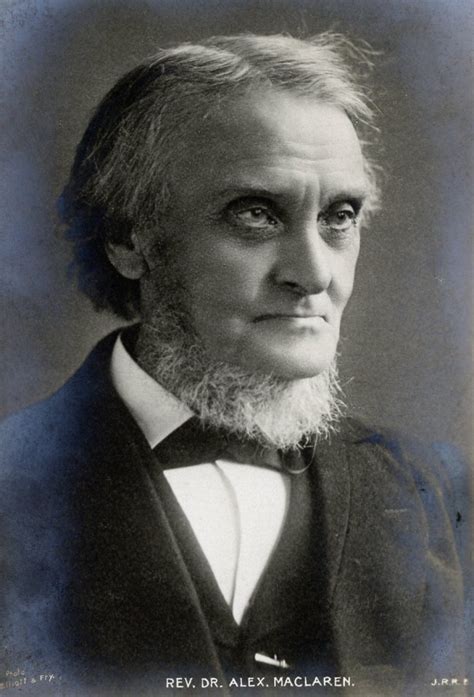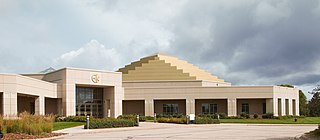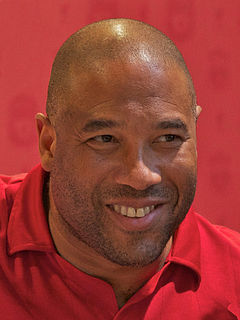A Quote by Donal Daly
Sales and marketing need to be joined at the hip, and aligned around the customer.
Related Quotes
Traditional sales and marketing involves increasing market shares, which means selling as much of your product as you can to as many customers as possible. One-to-one marketing involves driving for a share of customer, which means ensuring that each individual customer who buys your product buys more product, buys only your brand, and is happy using your product instead of another to solve his problem. The true, current value of any one customer is a function of the customer's future purchases, across all the product lines, brands, and services offered by you.
Often in companies, you'll see tensions between sales and marketing. Sales people will want to give discounts to clients because they often get paid a commission based on how much they sell. So they're always pushing to give discounts because that will increase sales. Marketing, however, is judged by overall profitability.
I started my career as a sales guy in the nineties, when the funnel was controlled by the sales rep, who had all the information the prospect wanted, including pricing and discount options. Now 90 percent of it has swung to marketing. It's self-service and you need to be very, very helpful to see to the top of the funnel. The game has changed a lot.
Your business should be defined, not in terms of the product or service you offer, but in terms of what customer need your product or service fulfills. While products come and go, basic needs and customer groups stay around, i.e., the need for communication, the need for transportation, etc. What market need do you supply?
































